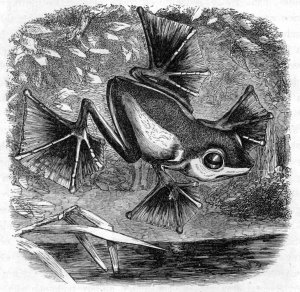
 | |
Contains non-GUI classes for the modelling of linear polymer chemistries. More...
The specifications that configure the way masses are calculated for Oligomers, Polymers and product ions | |
Model for specifying the acido-basic behaviour of a chemical group of either a Monomer object or of a Modif object | |
Prop instance of which the member data points to a dynamically allocated ChemicalGroup instance | |
Model for refining the acido-basic behaviour of a chemical group of either a Monomer object or of a Modif object | |
Model for specifying aqueous cleavage sites of Polymer Sequences | |
Model for specifying aqueous cleavage rules for refining cleavage specifications (CleaveSpec) of Polymer Sequences | |
Model for specifying aqueous cleavage specifications (patterns) of Polymer Sequences | |
List of Coordinates allocated instances | |
The localization of a sequence region in a Polymer Sequence | |
Abstractions to work with a cross-link entity between Monomer instances | |
List of CrossLink instances | |
Abstractions to define the chemical basis of a cross-linking reaction | |
The specification about how CrossLinker objects are represented | |
The specialized class for properties that hold data in the form of double values | |
Sophisticated abstractions to work with formulas | |
Model for specifying gas phase fragmentation rules for refining fragmentation specifications (FragSpec) of Oligomer Sequences | |
Model for specifying gas phase fragmentations of Oligomer Sequences | |
The specialized class for properties that hold data in the form of integer values | |
Abstractions to work with entities that have masses (base class Ponderable) and that can be ionized | |
Ionization rule | |
Models an isotope | |
The features needed to model isotopic clusters starting from (elemental-composition, charge) pairs | |
The features needed to shape sets of (peak centroid m/z, intensity) pairs associated to a given charge into a mass spectral pappso;:Trace | |
Collection of Isotopes and associated methods to access them in various ways | |
Features basic handling of IsotopicData | |
Handles IsotopicData from the IsoSpec element data tables directly from the library's data. These are the reference, pristine, unmodified, isotopic data | |
Handles a peculiar kind of IsotopicData that cannot be handled with the other handlers | |
Handles user-defined IsotopicData | |
Network client | |
Network server | |
Server in a QThread instance | |
The features needed to shape a mass peak | |
The features required to configure the shaping of a mass peak centroid into a Gaussian or a Lorentzian fully profiled shape | |
Abstractions to work with chemical modifications | |
Prop instance of which the member data points to a dynamically allocated Modif instance | |
The specification about how Modif objects are represented | |
Abstractions to work with monomers | |
The specification about how Monomer objects are represented | |
Pointer property | |
Abstractions to work with an oligomer molecule (peptide , for example) | |
Model for specifying the acido-basic properties of a chemical entity | |
File reader for the pKa, pH, pI data XML file. | |
Complete set of chemical entities fully qualifying a polymer chemistry definition, like Proteins, Saccharides or Nucleic acids | |
Describes a chemical entity that belongs to a specific PolChemDef polymer chemistry definition | |
Abstractions to work with a polymer molecule (protein or saccharide , for example) | |
Abstraction for any chemical entity having a monoisotopic and an average mass | |
The abstract base class for a number of specialized properties | |
The base class for a number of classes that need storing Prop instances | |
Abstractions to work with a simple sequence of Monomers | |
The specialized class for properties that hold data in the form of string objects |
The libXpertMass module provides classes to model all the chemical entities required to fully characterize the behaviour of polymer chemistries both in solution and in the gas phase. It offers both high-level classes such as Polymer and low-level classes such as Isotope. Other classes define how polymers of a given polymer chemistry might be modified, either in solution or in the gas phase (cleavages or fragmentations).